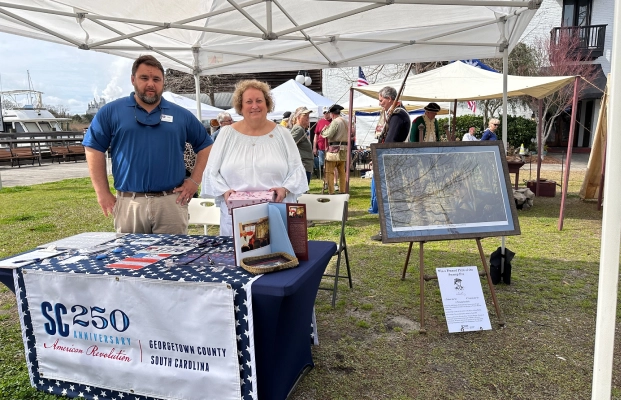Private Bailey Anderson – Annotated Timeline of Revolutionary War Service
Serving for at least six years of the eight-year war, Bailey Anderson was deeply involved in the battles of Revolutionary South Carolina. At the outbreak of the Revolutionary War in 1775, Anderson was 21 years old and living ten miles north of present-day Spartanburg in what was formerly the Ninety Six District of South Carolina. Anderson was entrenched in the backcountry battles from the very beginning. He served in various militia units, including many of the Spartan Regiments, alongside his father John and his brothers Scarlet and Joshua, all of whom were killed in action. Anderson survived the war and would go on to explore the frontiers of the newly established United States and its expanding territories. He and his family first relocated to what would become Pickens County. There, in the early 1790s, he established the first mill at what is now the location of Hagood Mill. Around 1795, he moved his entire family, including his widowed mother, to Kentucky where he served a term in the legislature. After a decade in Kentucky, Anderson and his family moved north to Indiana in the early years of the Northwest Territory. Under Governor William Henry Harrison, Anderson served as a scout and Shawnee interpreter. When Indiana became a state in 1816, the Anderson family moved again, ultimately settling in Spanish East Texas around 1819. Bailey died a citizen of the Republic of Texas in 1840 and is buried in a family cemetery in Elysian Fields, Harrison County, Texas, where a nearby Texas Historical Marker recounts his service in the American Revolution. His name is on a plaque in the Texas State Capitol commemorating Revolutionary War veterans who are buried in Texas.

Explore The Palmetto State
Get revolutionary and discovery a revolutionary-era that’s history full of significant people, major landmarks, exciting events and unforgettable stories you haven’t heard yet.
